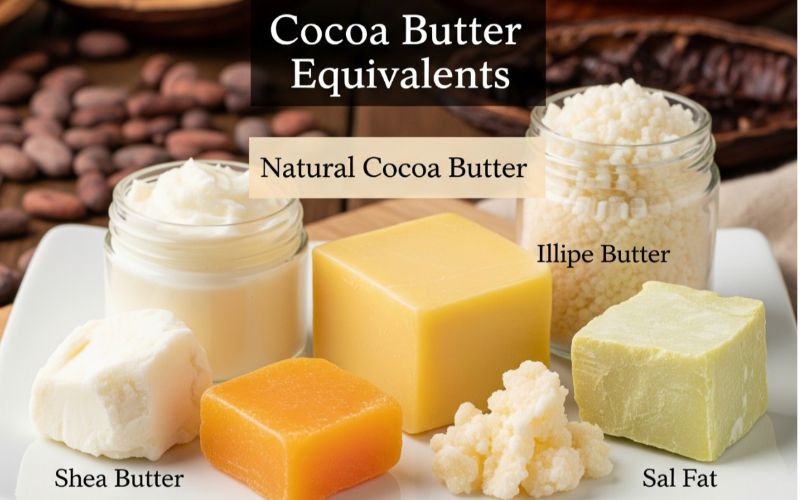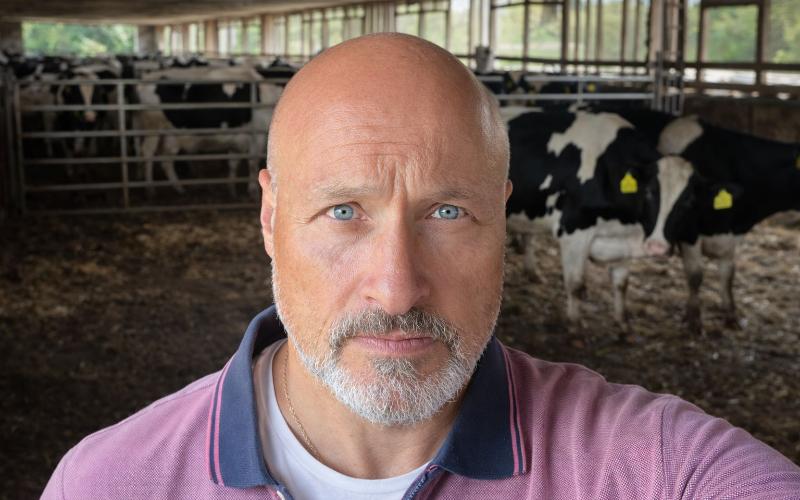Cocoa Butter Equivalents Market projected to attain USD 2.89 billion by 2033
According to Research Intelo, the global cocoa butter equivalents market size reached USD 1.72 billion in 2024, and is expected to grow at a robust CAGR of 6.1% during the forecast period, with the market projected to attain USD 2.89 billion by 2033.

This strong growth trajectory is primarily driven by the rising demand for cost-effective and sustainable alternatives to cocoa butter across various industries, including confectionery, bakery, cosmetics, and pharmaceuticals.
The global cocoa butter equivalents (CBE) market is gaining attention as industries seek cost-effective, sustainable, and high-performance alternatives to traditional cocoa butter. CBEs are specialized fats derived from non-cocoa sources such as shea, mango kernel, sal, kokum, and illipe. They match cocoa butter’s physical and chemical properties, making them suitable for blending without compromising texture, taste, or melting characteristics. With the increasing pressure to address cocoa supply fluctuations and price volatility, CBEs have emerged as a viable and versatile solution for both the food and cosmetics sectors.
The growing global appetite for premium and mass-market chocolate products is a major driver for the CBE market. Manufacturers are adopting CBEs to ensure consistent supply and cost control without sacrificing product quality.
Price Volatility of Cocoa
Cocoa bean production is heavily dependent on specific climates, making it vulnerable to weather changes, pests, and geopolitical factors. CBEs help stabilize manufacturing costs by reducing reliance on cocoa butter, which often experiences sharp price swings.
Sustainability Concerns
CBE production can be more sustainable when sourced from responsibly managed plantations, especially with raw materials like shea kernels that are often harvested as by-products. This supports eco-conscious brands in meeting sustainability targets.
Furthermore, research in lipid chemistry is enabling the use of novel raw materials, such as exotic nut and seed oils, to diversify CBE sources. This not only reduces pressure on traditional supply chains but also introduces unique flavor and nutritional profiles to final products.
In addition, digital supply chain management and blockchain-based traceability are being integrated into the CBE market, ensuring transparent sourcing and compliance with sustainability standards.
Competitive Landscape
Prominent companies operating in the market are:
The global cocoa butter equivalents (CBE) market is gaining attention as industries seek cost-effective, sustainable, and high-performance alternatives to traditional cocoa butter. CBEs are specialized fats derived from non-cocoa sources such as shea, mango kernel, sal, kokum, and illipe. They match cocoa butter’s physical and chemical properties, making them suitable for blending without compromising texture, taste, or melting characteristics. With the increasing pressure to address cocoa supply fluctuations and price volatility, CBEs have emerged as a viable and versatile solution for both the food and cosmetics sectors.
Market Drivers
Rising Chocolate ConsumptionThe growing global appetite for premium and mass-market chocolate products is a major driver for the CBE market. Manufacturers are adopting CBEs to ensure consistent supply and cost control without sacrificing product quality.
Price Volatility of Cocoa
Cocoa bean production is heavily dependent on specific climates, making it vulnerable to weather changes, pests, and geopolitical factors. CBEs help stabilize manufacturing costs by reducing reliance on cocoa butter, which often experiences sharp price swings.
Sustainability Concerns
CBE production can be more sustainable when sourced from responsibly managed plantations, especially with raw materials like shea kernels that are often harvested as by-products. This supports eco-conscious brands in meeting sustainability targets.
Technological Advancements
Modern processing technologies are improving the quality and yield of CBEs. Advanced fractionation techniques allow manufacturers to create fats with highly consistent melting points and crystal structures, ensuring better compatibility with cocoa butter.Furthermore, research in lipid chemistry is enabling the use of novel raw materials, such as exotic nut and seed oils, to diversify CBE sources. This not only reduces pressure on traditional supply chains but also introduces unique flavor and nutritional profiles to final products.
In addition, digital supply chain management and blockchain-based traceability are being integrated into the CBE market, ensuring transparent sourcing and compliance with sustainability standards.
Future Outlook
The future of the CBE market is shaped by sustainability, innovation, and expanding applications. With growing interest in plant-based ingredients and ethical sourcing, CBEs are expected to find even wider acceptance in both food and non-food sectors. Technological advancements in fat modification and sourcing diversification will further strengthen their position as a reliable alternative to cocoa butter.Competitive Landscape
Prominent companies operating in the market are:
Key News of the Week











